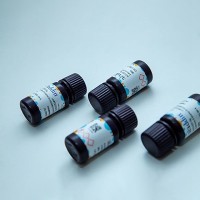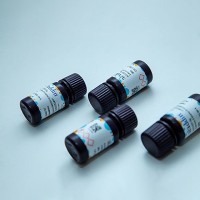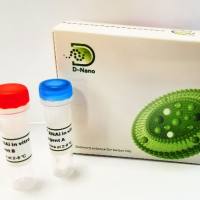In Vivo and In Vitro Analysis of Poly(A) Length Effects on mRNA Translation
互联网
510
Regulating gene expression at the translational level controls a wide variety of biological events such as development, long-term memory, stress response, transport and storage of certain nutrients, and viral infection. Protein synthesis at steady-state level can be directly measured with Western blot or using an easy-to-detect reporter such as luciferase. However, these methods do not measure the association of mRNA with ribosomes, which is more meaningful in understanding the mechanism and dynamics of translation. This chapter describes the use of sucrose density gradients for analysis of polysome profiles. RNA or protein samples extracted from gradient fractions are commonly used for further analysis of their association with translating ribosomes. We also describe an in vitro translation system prepared from HeLa S3 cell cytoplasmic extract that shows dependency on the mRNA cap and length of the poly(A) length tail, both features of translation in vivo. This is particularly useful to study the cis - and trans -acting factors involved in translational control. Lastly, we describe a method for transfecting cells with an in vitro prepared RNA to study the impact of poly(A) length on translation. This approach is particularly useful for characterizing cis -acting elements that work in conjunction with poly(A) in regulating translation.









